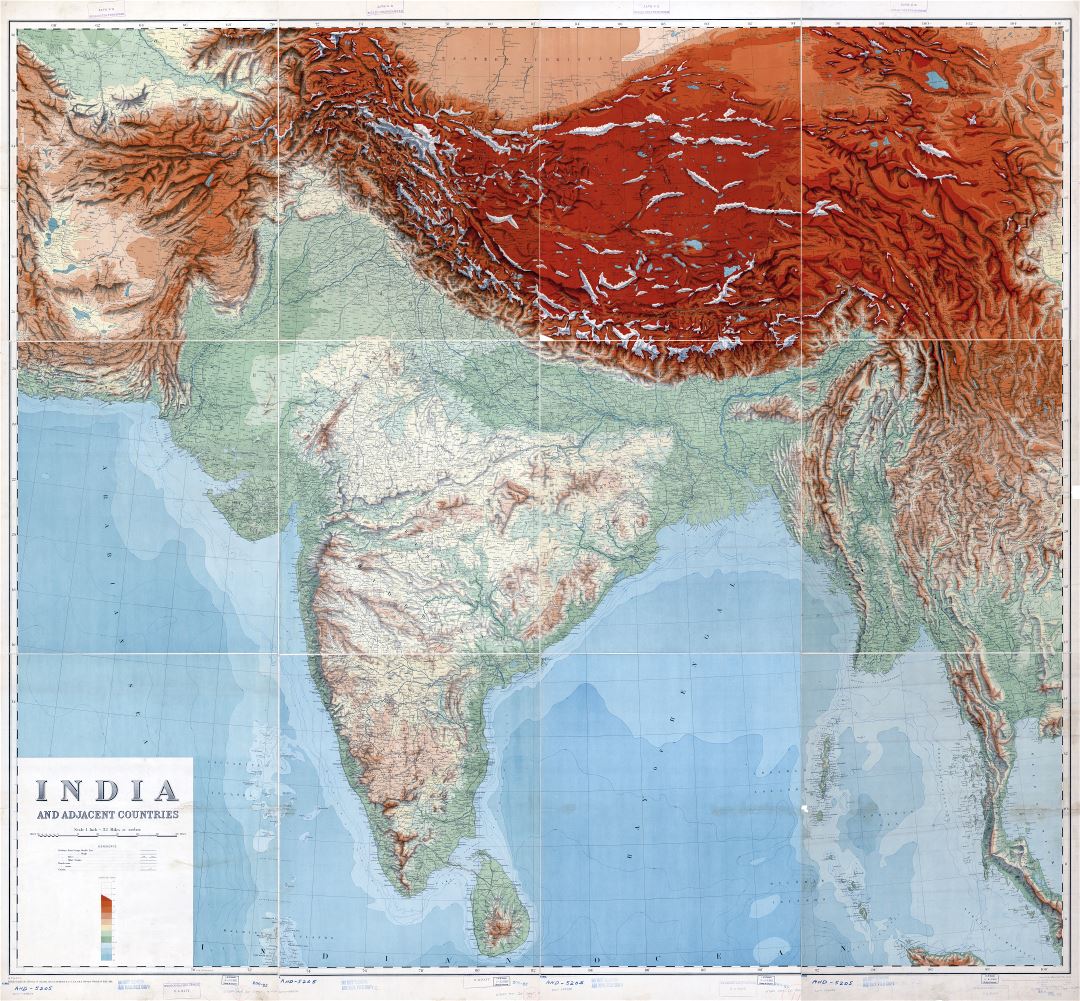
After route selection a detailed survey has been conducted. All the angle points in the selected route should be approachable throughout the year. Selected route should be easily approachable from the point of view of construction and maintenance. Route selection involves image processing and analysis of the data collected through walk-over survey. Route selection is combination of reading the details from Toposheets and superimposing walkover survey data into the Toposheets. Route alignment methodology has been briefed in the flow chart Tentative route alignment has been optimized with the help of walk over survey data by means of studying locations of all major crossings. Obstacles can further be classified as ground level obstacle and aerial obstacle and the same can be listed as below In case of undulated terrain angle point location has been fixed such a way that it will end up with minimum possible leg extensions and revetment wall.Īll topographical obstacles which influence the alignment have been recorded and key plan of all topographical features has also been prepared in the field. WOS is nothing but conducting detailed field investigation survey along the routes with help of hand held GPS receivers, deflection point coordinates extracted from the tentative alignment has been used as the reference.ĭuring the field work suitability of angle point location(s) have been checked and the same has been relocated to better location, if it is required. Walk Over Survey (WOS) has been conducted for the selected route alternative. Angle point coordinates have been imported to that device to start field work. To identify the angle point on the ground we need navigation device, we have used hand-held GPS device of 3m -10m tolerance level. Route alignment survey has been initiated on recci survey data. Sample Combined Geo-referenced Toposheet Images along with Bee Line Image enclosed below shows merged geo-referenced Toposheet imageries. Toposheets are available either in paper format or image (digital) format at a nominal price and processing of these maps becomes much easier and least expensive. Image processing technology using satellite imageries also becomes expensive, as procuring the satellite images and processing of the same, have its own overheads. So from the economical point of view, this is not viable. ALTM technology is the most expensive as compared to the other two technologies. Image Processing using Survey of India Toposheet imageries.Īll of these above mentioned technologies need the base maps to commence the reconnaissance survey.Image Processing using high resolution satellite imageries.ALTM (Airborne Laser Terrain Modelling).

The route alignment can be done with either of the below mentioned technologies: This is the initial phase of the transmission line construction activity.


 0 kommentar(er)
0 kommentar(er)
